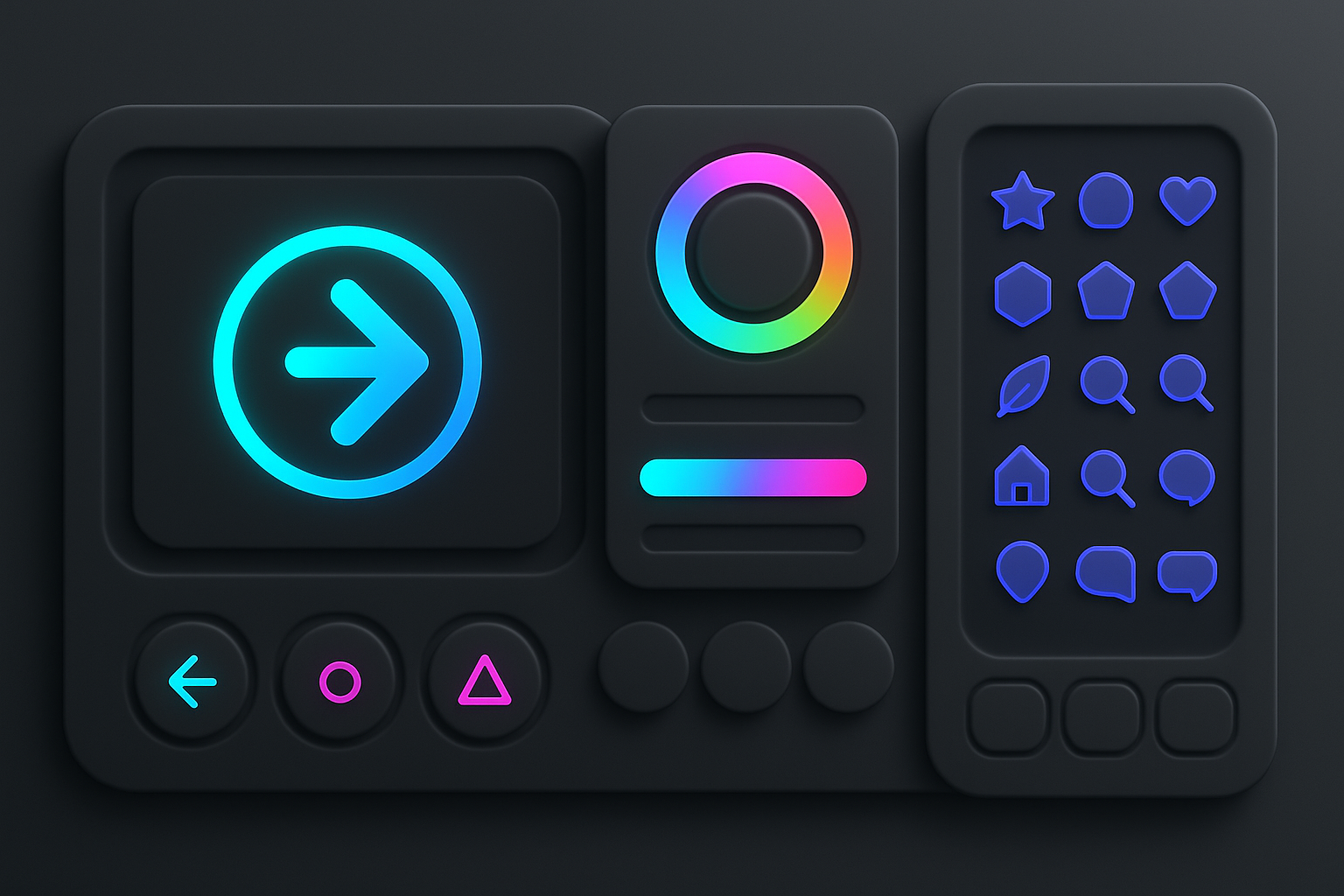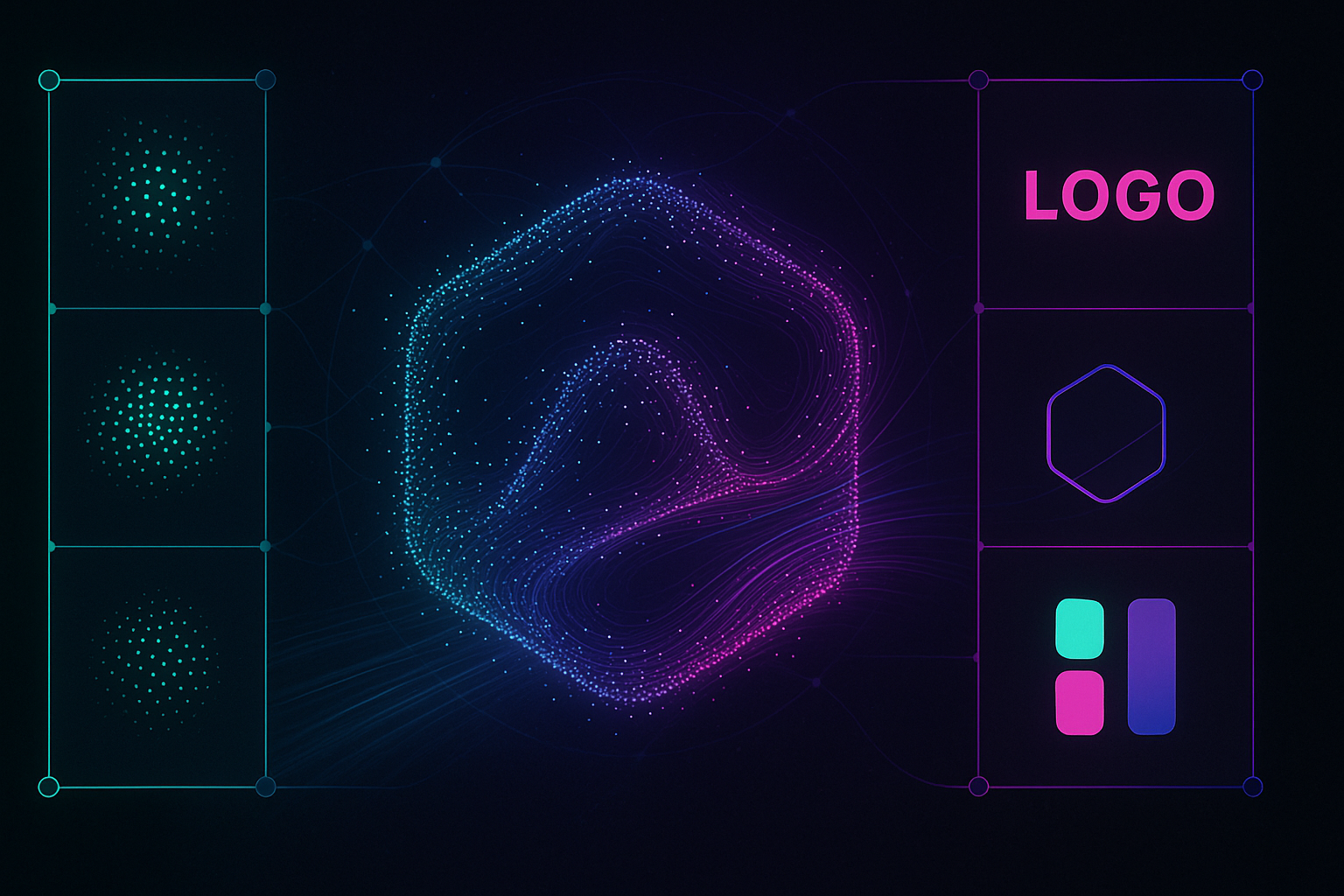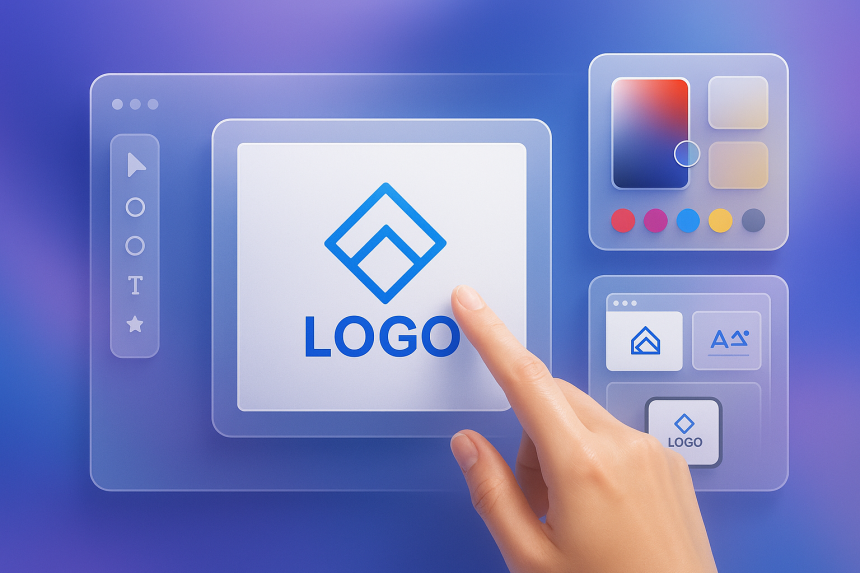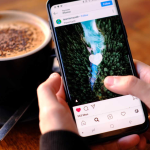Why Texture and Patterns Can Elevate Your Logo
Texture and patterns bring a tactile, emotional dimension to logo design. While flat designs are versatile and practical, adding texture can evoke feelings of warmth, sophistication, or even nostalgia, depending on the choice. Patterns, on the other hand, provide rhythm and repetition, drawing the viewer’s eye and creating a memorable impression.
In a crowded market, a textured or patterned logo can stand out, adding a layer of detail that makes your design more distinctive. These elements are not just decorative—they are tools for storytelling, subtly conveying your brand’s essence.
This article has been prepared by the specialists at Turbologo, a platform that empowers businesses to create unique logos with ease. Drawing on years of experience, we’ll show you how to use texture and patterns to make your logo both visually striking and meaningful.
Understanding the Psychology Behind Textures and Patterns
- Rough textures can evoke feelings of strength, durability, and authenticity.
- Smooth textures convey elegance, simplicity, and modernity.
- Geometric patterns suggest order, professionalism, and precision.
- Organic patterns, like waves or foliage, create a sense of calm, growth, or natural harmony.
By understanding the emotional impact of these elements, you can choose textures and patterns that align with your brand’s values and message. The key is to ensure the visual language of your logo matches how you want your audience to feel.
Choosing the Right Texture for Your Brand’s Personality

Every brand has its own personality, and your logo should reflect it. Textures can serve as subtle hints about your brand’s identity.
For instance, a tech company might use sleek, metallic textures to emphasize innovation and cutting-edge technology, while a handmade craft business might prefer rustic, natural textures to highlight authenticity and craftsmanship. When selecting a texture, think about what qualities you want your brand to project and how these can be visually communicated.
With its user-friendly interface and customizable options, Turbo Logo empowers you to try out different combinations of textures and patterns in real-time. This means you can quickly see how various elements align with your brand’s personality and make adjustments effortlessly. Using a tool like an AI logo generator saves time and ensures your logo design is as polished and impactful as possible.
Patterns in Logo Design: Repetition with Purpose
Patterns can turn a logo into a bold visual statement. However, they should never feel random or overwhelming. The best patterns serve a purpose, enhancing the design without detracting from the logo’s legibility or focus.
For example, subtle geometric patterns can add sophistication, while playful, hand-drawn patterns might convey a sense of creativity and approachability. Repetition in patterns can also reinforce brand recognition, making your logo more memorable.
Combining Simplicity with Intricacy: Striking the Perfect Balance
While textures and patterns can enhance your logo, too much detail can clutter the design and make it difficult to scale across different applications. Striking a balance between simplicity and intricacy is essential.
For instance, you might use a bold, intricate pattern as a backdrop to a clean, minimal logo mark. Alternatively, a subtle texture can add depth to an otherwise flat design without overpowering it. Experimentation is key to finding the right balance that complements your overall aesthetic.
Textures in Digital vs. Print: Adapting for Different Mediums
Textures and patterns often behave differently in digital and print formats. A texture that looks stunning on a screen might lose its clarity in print, while certain patterns may not translate well to smaller sizes.
For digital use, opt for textures and patterns that maintain their integrity on high-resolution screens. For print, test your design at various sizes and resolutions to ensure the details remain crisp and professional.
When to Use Subtle Textures vs. Bold Patterns
The choice between subtle textures and bold patterns depends on the message you want to convey. Subtle textures work well for brands aiming for elegance and professionalism, as they add depth without drawing too much attention.
Bold patterns, on the other hand, are perfect for brands that want to make a statement. Think of vibrant, eye-catching designs for fashion, creative industries, or brands targeting younger audiences. Use these elements strategically to reinforce your brand’s tone.
Avoiding Overcrowding: Keeping Your Logo Clean and Impactful

One of the most common mistakes when using texture and patterns in logo design is overcrowding. An overloaded logo can confuse viewers and detract from its primary message.
To avoid this, focus on one or two key elements and use negative space wisely. A clean, uncluttered design ensures your logo remains legible and impactful, no matter where it’s displayed.
Testing Your Design: Ensuring Textures Work Across All Sizes
Once your design is complete, test how it looks at various sizes and in different formats. Textures and patterns that look great in a large format might lose their effect at smaller scales, such as on business cards or social media icons.
Testing ensures that your logo maintains its integrity and recognizability across all applications. If necessary, create simplified versions of your logo for smaller uses while keeping the essence of the design intact.
Creating a Signature Look: Using Texture and Patterns for Brand Identity
Incorporating texture and patterns into your logo isn’t just about aesthetics—it’s about creating a signature look that sets your brand apart. When done well, these elements become a key part of your visual identity, making your brand instantly recognizable.
Consistency is crucial. Use the same textures and patterns across all branding materials, from packaging to your website. This cohesive approach reinforces your brand image and ensures your logo remains memorable.
Conclusion: Elevating Your Logo with Texture and Patterns
Textures and patterns offer endless possibilities to make your logo unique, expressive, and impactful. By understanding their psychological effects, carefully selecting elements that align with your brand, and testing your design across formats, you can create a logo that not only stands out but also tells your brand’s story.
At Turbologo, we understand the power of these design elements. Our platform allows you to experiment with textures, patterns, and other creative features to craft a logo that reflects your brand’s essence. Start exploring today and transform your logo into a masterpiece of depth and detail!
Lynn Martelli is an editor at Readability. She received her MFA in Creative Writing from Antioch University and has worked as an editor for over 10 years. Lynn has edited a wide variety of books, including fiction, non-fiction, memoirs, and more. In her free time, Lynn enjoys reading, writing, and spending time with her family and friends.















